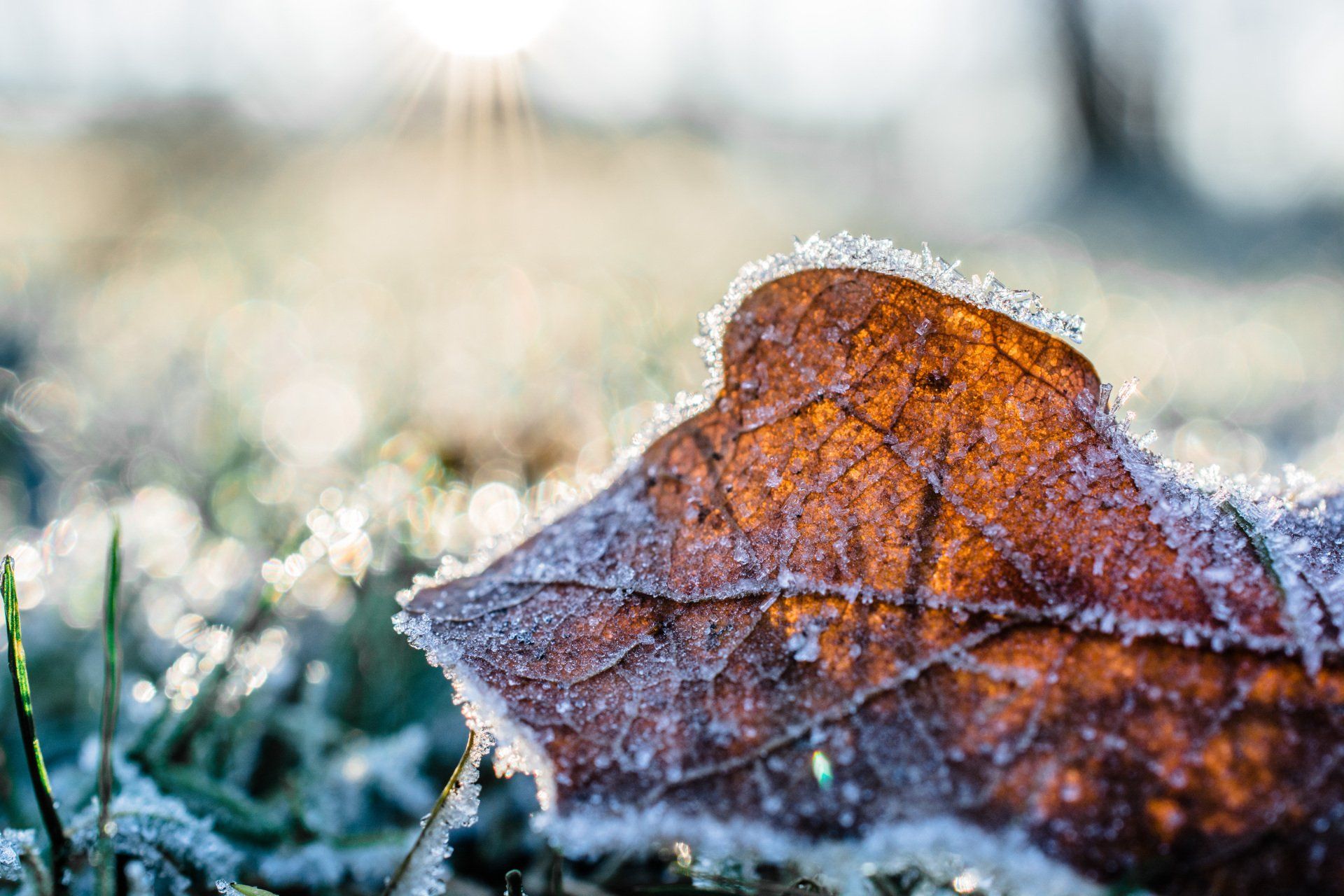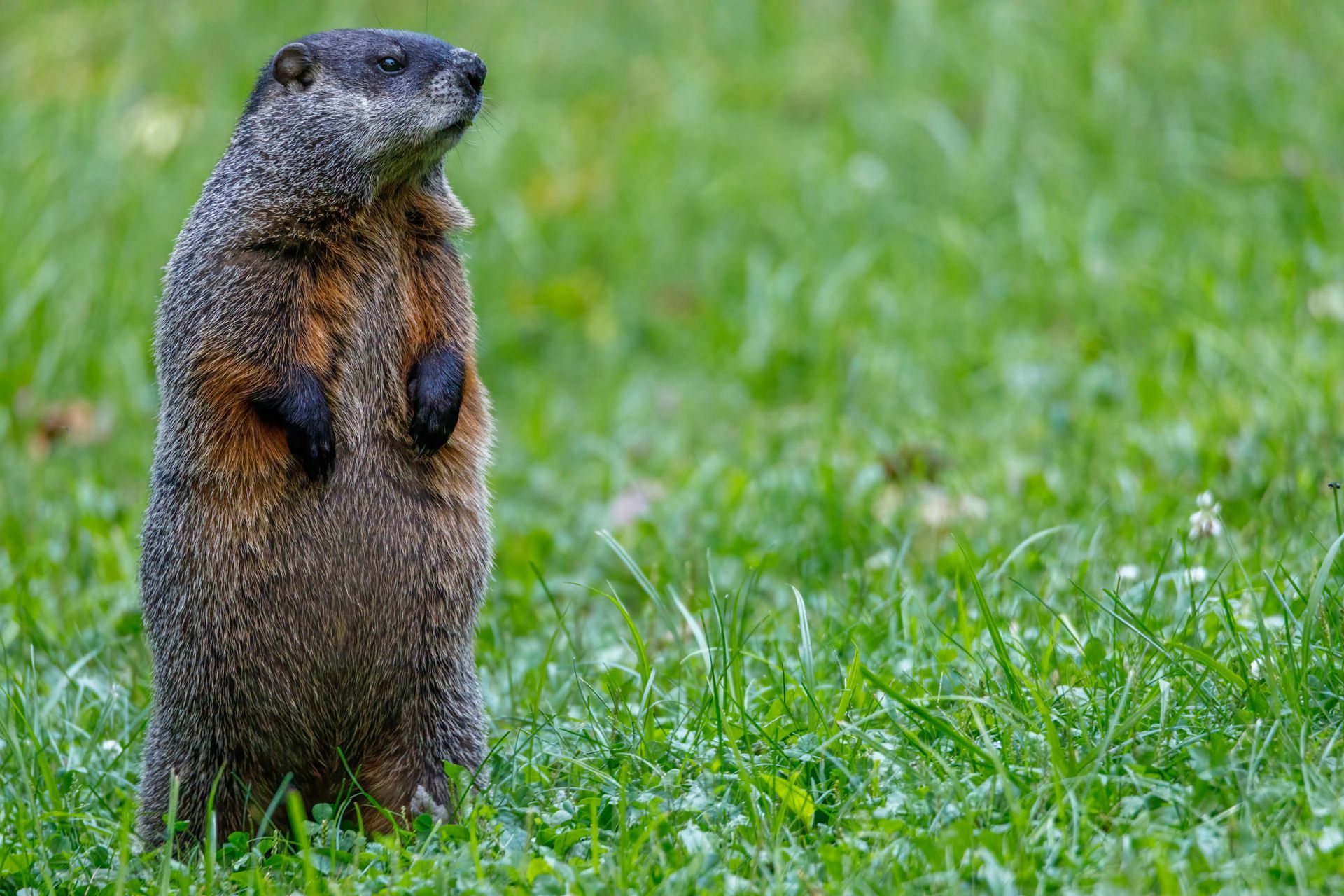Winter is Coming: How To Get Your Backyard Ready

Tips for Winterizing Your Backyard Quickly and Efficiently
Autumn is a crucial season for yard work. It’s the best time to sow new grass seeds and repair any damage to your lawn that may have occurred over the summer. Tasks like weeding and pruning are essential, and they’re much more enjoyable in the cooler fall days. Depending on the types of plants and greenery that you have in your garden, the winterizing process will mainly involve special fertilizers and fortifying your plants and soil for the weather ahead.
Whether you live in a region with mild winters or endure snow and freezing temperatures, taking steps to protect and maintain your lawns, gardens, and outdoor space is essential. Depending on weather conditions and climate zone, the best time to winterize your yard is between August and November. In this comprehensive guide, we’ll walk you through the tasks and tips to ensure your backyard remains functional throughout winter and ready for the upcoming spring.
Cleaning Up the Yard
Before the first snowfall or heavy rains, cleaning up your yard rigorously is crucial. Cleanup might include:
- Raking leaves and debris to prevent mold and rot
- Trimming back overgrown branches and shrubs
- Clearing out annual plants that won’t survive the winter
- Cleaning and storing outdoor furniture or covering it to protect it from the elements
Protecting Your Garden
If you have a garden, take steps to protect it during the winter months:
- Mulch around the base of perennials and shrubs to insulate the soil and protect plant roots
- Because weeds compete for nutrients with the rest of your lawn, remove as many weeds as possible to safeguard your plants
- Consider using garden cloths or frost blankets to cover sensitive plants on frosty nights
Winterize Your Lawn
A healthy lawn in the spring begins with proper care in the winter:
- Continue mowing as needed until your grass stops growing, but don’t cut it too short
- Before you winterize your lawn, test the pH levels of your soil. A neutral pH level indicates a healthy lawn
- Aerate your lawn to allow oxygen, water, and nutrients to penetrate the soil
- Apply a winter fertilizer to strengthen your grass and promote root development
Prepare Your Patio and Deck
If you have a patio or deck, prepare it for the winter:
- Clean and sweep the surface to prevent mold and mildew growth
- Seal any cracks or gaps to prevent water from seeping in and causing damage
- Cover or store outdoor furniture to protect it from harsh weather
Winterizing Don’ts
- Letting perennial weeds in flower beds
- Trimming shrubs or fertilizing during the winter months
- Letting irrigation systems freeze, be sure to purge and winterize your sprinkler system
While preparing your backyard for winter might be challenging at first, it is essential to maintaining a beautiful and functional outdoor space. By following these steps and preparing your yard for the cold months ahead, you’ll protect your investments and set the stage for a thriving and inviting outdoor space when spring arrives. So, roll up your sleeves, get to work, and enjoy a well-prepared backyard all winter.
Critter Repellent All Natural Animal Repellent Blog












